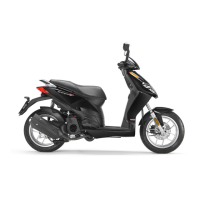
Do you have a question about the APRILIA SPORTCITY ONE 125 and is the answer not in the manual?
| Engine Type | Single cylinder, 4-stroke |
|---|---|
| Displacement | 124 cc |
| Cooling System | Air-cooled |
| Fuel System | Carburetor |
| Front Suspension | Telescopic fork |
| Rear Suspension | Single shock absorber |
| Front Brake | Disc |
| Rear Brake | Drum |
| Front Tire | 120/70 - 14 |
| Rear Tire | 120/70 - 14 |
| Transmission | Automatic |
| Fuel Capacity | 7 liters |
Instructions to prevent serious risk of personal injury. Essential for safe vehicle operation.
Guidelines for correct vehicle use to prevent environmental damage.
Consequences of not observing regulations, including potential vehicle damage or warranty invalidation.
Diagram and list identifying key components of the vehicle.
Identification and function of controls on the dashboard and handlebars.
Description and function of the analogue instrument panel gauges and indicators.
Operation of the key switch for ignition, steering lock, and glove compartment.
Procedure for locking the steering wheel for security and safety.
Operation of turn signal switches and horn button.
Control of headlights (high beam/low beam) and passing function.
Procedure for starting the engine, including automatic lighting system.
Instructions for unlocking, lifting, and locking the vehicle saddle.
Importance of chassis and engine numbers and warnings against alteration.
Procedures for opening the glovebox and accessing the rear top box.
Mandatory checks before riding for safe operation, covering brakes, levers, and tires.
Safe guidelines for refueling, including fuel type, ventilation, and fire prevention.
How to adjust rear shock absorber preloading for different rider weights and conditions.
Essential steps for the first 500 km to ensure engine longevity and performance.
Detailed procedures for starting the engine under various conditions, including cold start.
Guidelines for starting, riding posture, passenger safety, and pre-ride checks.
Proper use of brakes, including combined braking and avoiding skidding.
Advice for riding on wet surfaces, bends, and avoiding hazards.
Importance of checking engine oil level and procedure for accurate measurement.
Procedure for adding engine oil, safety precautions, and recommended intervals.
Instructions for replacing gearbox oil, recommending dealer service.
Tyre pressure checks, wear inspection, replacement criteria, and balancing.
Procedure for spark plug removal, check, cleaning, and replacement.
Checking, cleaning, and replacing the air filter based on usage conditions.
Checking brake fluid level, pad wear, and hydraulic system integrity.
Handling, connection, charging, and electrolyte level checks for the battery.
Locating fuses, checking for blown fuses, and replacement procedures.
Procedures for replacing bulbs in the front light group and indicators.
Guidelines for washing the vehicle, including precautions for braking and cleaning methods.
Measures to take for periods of inactivity to prevent deterioration.
Key physical dimensions, weight limits, and chassis type.
Details on brake systems, wheel sizes, tyre specifications, and pressure.
Engine model, capacity, power, torque, ignition, and electrical system details.
Schedule of periodic checks, adjustments, and replacements based on mileage.
List of recommended oils, greases, and fluids for vehicle maintenance.
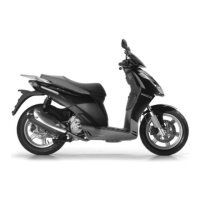
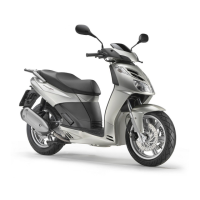
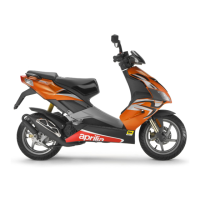
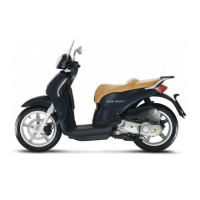
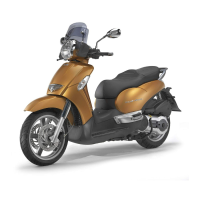

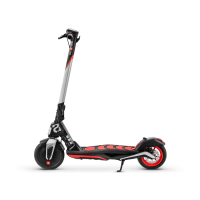
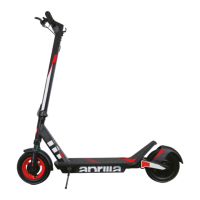
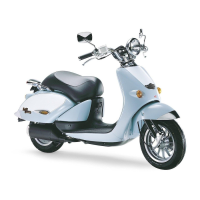
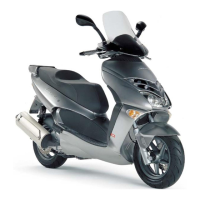
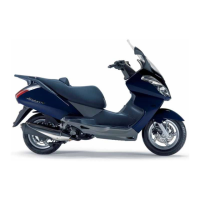
